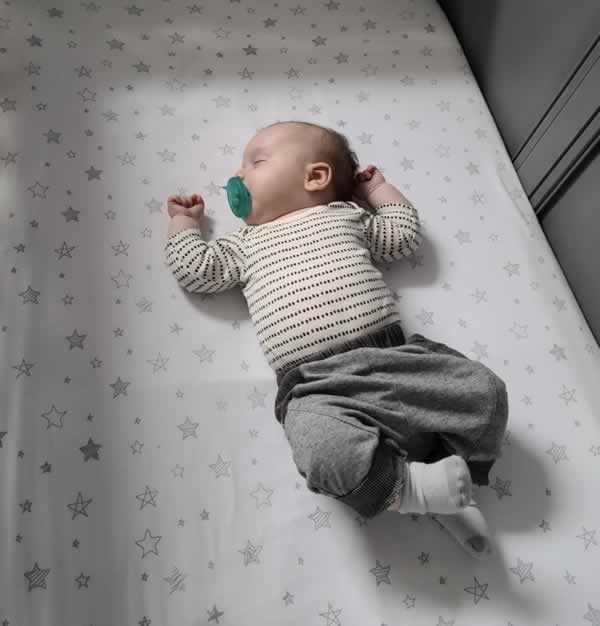SAFE CRIBS
Falling out of cribs:
Each year in the United States, nearly 10,000 children under the age of 2 arrive in emergency rooms with injuries suffered while in cribs, playpens and bassinets, a new report shows.
Smith noted that only about 1 percent of the injuries involved a parent or sibling: “It appears that most of these falls are children climbing out of the crib and falling.”
In most cases, the children landed head first, Smith noted, which “really makes this an issue that we should pay attention to.” Children at that age are top-heavy, so when they fall they fall head first and don’t have the ability to break their fall these injuries can be serious, he explained.
Smith added that as the children became more mobile, the number of injuries increased. “So, parents need to be cautious when a child is in a crib and can start to pull himself up,” Smith said.
When that happens, according to the U.S. Consumer Product Safety Commission, you need to lower the height of the mattress in the crib so there is at least 26 inches between the top of the mattress and the top of the rail, Smith said.
And when the child reaches about 35 inches in height he or she should be taken out of the crib and start using a toddler bed, Smith added.
During that period, the researchers identified almost 182,000 children under 2 who were treated in emergency rooms for injuries associated with these devices. That came to roughly 9,651 such injuries a year.
The researchers found that 83.2 percent of the injuries involved cribs, while playpens accounted for 12.6 percent of the injuries and bassinets accounted for 4.2 percent.
The most common cause of injury was falling from the crib, playpen or bassinet. These falls accounted for two-thirds of the injuries, Smith’s group found.
The head and neck were the areas of the body that were most commonly injured, making up 40.3 percent of the injuries. Most injuries were soft tissue injuries (34.1 percent).
Kids with fractures were kept in the hospital 14 percent of the time and were more than five times more likely to be admitted than children with other injuries, Smith’s group noted.
Smith believes the findings are a call to action to build better-designed cribs that protect children and make falls less likely.

Bumper pads:
In 2011, Chicago became the first city in the United States to ban the sale of crib bumpers.
Both the AAP and the American SIDS Institute advise parents not to use them.
A 2016 study published in The Journal of Pediatrics found that bumper pads were involved in deaths due to suffocation, entrapment, or strangulation. “These deaths are entirely preventable,” says N.J. Scheers, the study’s lead author and former manager of the CPSC’s infant suffocation project. Babies either got their face caught in the bumper and couldn’t breathe, or they got wedged between the bumper and something else in the crib. In all of these instances, Scheers says, “If there were no bumper, the baby would not have died.” The CPSC recommends that Bare is Best—the safest way for a baby to sleep is in a crib with nothing but a tightly fitted sheet
